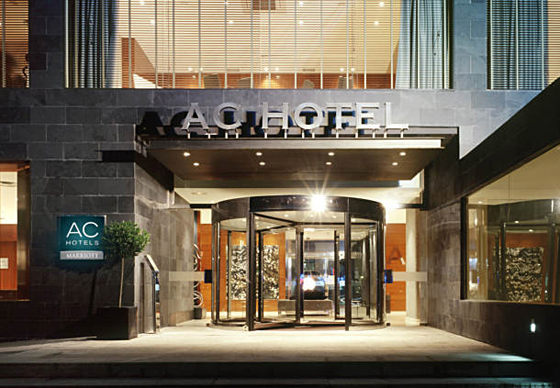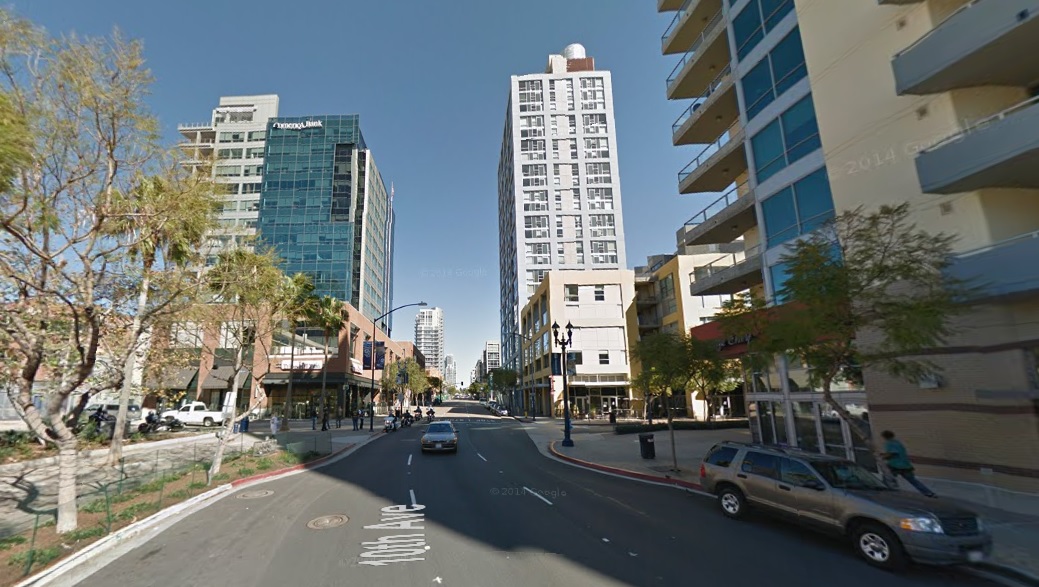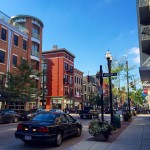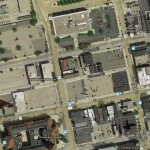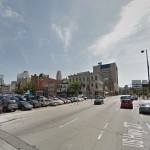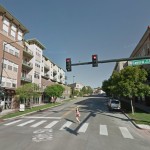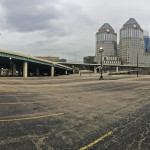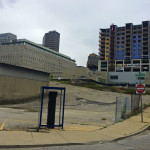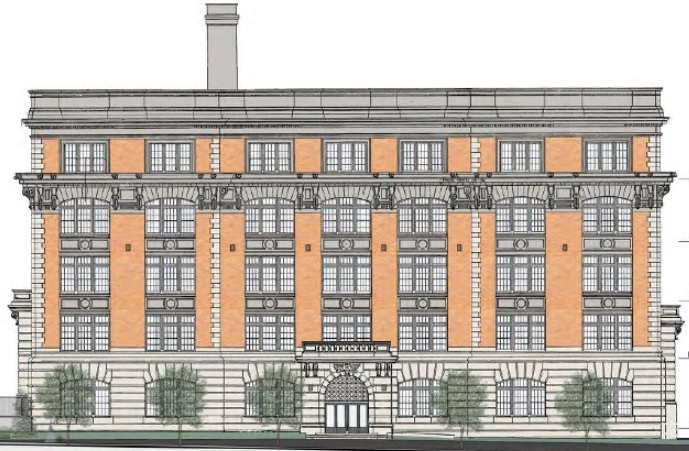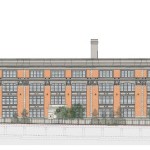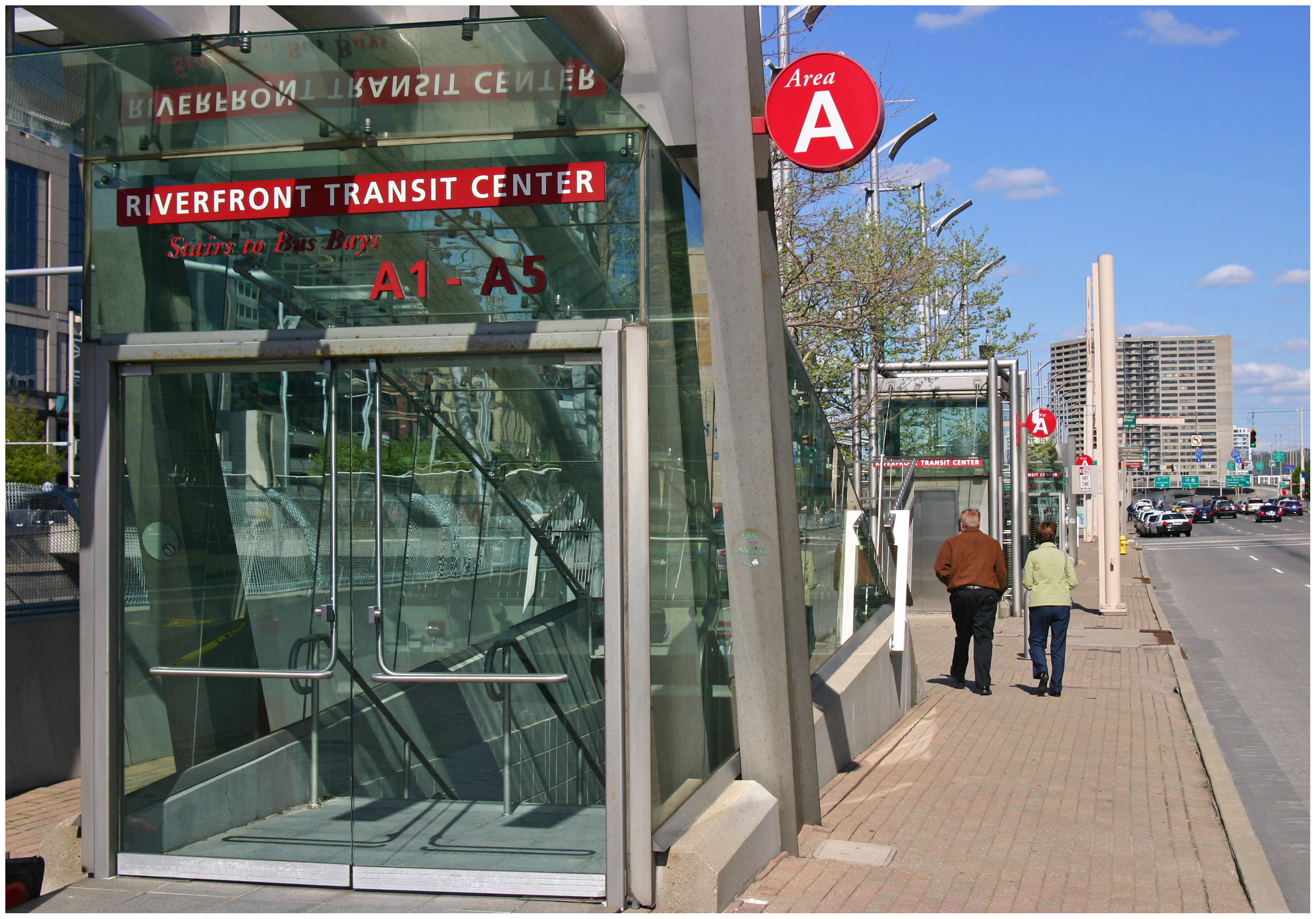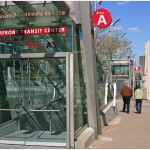The Banks development team is close to finally securing a hotel at the multi-billion dollar development, according to multiple sources close to the project. After years of failed starts and negotiations, UrbanCincy has learned that AC Hotels by Marriott is the hotel now being eyed for the prominent central riverfront location.
The news is yet to be officially announced or confirmed by The Banks development team, but UrbanCincy has confirmed the information over the last week with individuals who have requested to remain anonymous due to the ongoing negotiations taking place.
The understanding is that construction could begin prior to the All-Star Game in July.
The news comes after AC Hotels backed out of a deal at the former School for Creative and Performing Arts in Pendleton. Had that deal moved forward, it would have put it on track to be one of the boutique hotel’s first locations in North America, after establishing itself as a household name in Europe.
According to those sources close to the project, the AC Hotel at The Banks would be a seven-story structure with a rooftop bar named AC Lounge. Once open the hotel, which is expected to have between 150 to 200 rooms, would be managed by Cincinnati-based Winegardner & Hammons, which has close relationships with Marriott and Western & Southern, and has overseen the development of numerous hotels in the region.
According to Winegardner & Hammons’ most recent company report, they also recently signed a contract to manage an AC Hotel in Louisville that is scheduled to break ground in August of this year.
AC Hotels announced their aggressive North American expansion plans in 2013, and opened their first hotel in New Orleans in December 2014. After plans were scuttled for the SCPA project, developers at the $350 million Liberty Center announced that a 130-room AC Hotel would open there in late 2015.
Senior management at Marriott International says that AC Hotels is one of their select-service brands and targets a young clientele seeking a “design-led sensibility.” Overall, Marriott’s president and CEO, Arne Sorenson, says that AC Hotels has some 50 development deals signed nationwide, with dozens more in the works.
In an interview with Hotel News Now, Sorenson specifically identified North Carolina and the Midwest as opportunity markets.
In perhaps a view into one of the reasons behind the failed deal at the former SCPA in Pendleton, Sorenson also told Hotel News Now that the vast majority of the deals AC Hotels has in the pipeline are new construction. In fact, aside from the New Orleans project, he said that only one other project was a conversion.
AC Hotels include more European design influences and place a focus on sleek, tech-focused accommodations that appeal to Millennials. In addition to the rooftop AC Lounge, the new location at The Banks would likely include a communal working space, two to three meeting spaces, and a mixture of one- and two-bed guest rooms.
One of the company’s standard approaches is to locate in vibrant urban areas where significant activity already exists. Hotel management says this is to encourage guests to go outside of the hotel and patronize area businesses. To help further encourage that, most AC Hotels do not include an in-house restaurant, and instead allocate more area for public spaces where guests can mingle and interact with their surroundings.
It is not yet known where exactly the hotel will be located at The Banks, but it is assumed to be targeted for the long-vacant placeholder site along Main Street across from Great American Ball Park, which also happens to be located directly on the Cincinnati Streetcar‘s starter line.
EDITORIAL NOTE: Representatives with The Banks development team did not respond to UrbanCincy’s request for comment; however, sources say an official announcement is expected within the coming weeks. We will update this story with more information as it becomes available.
